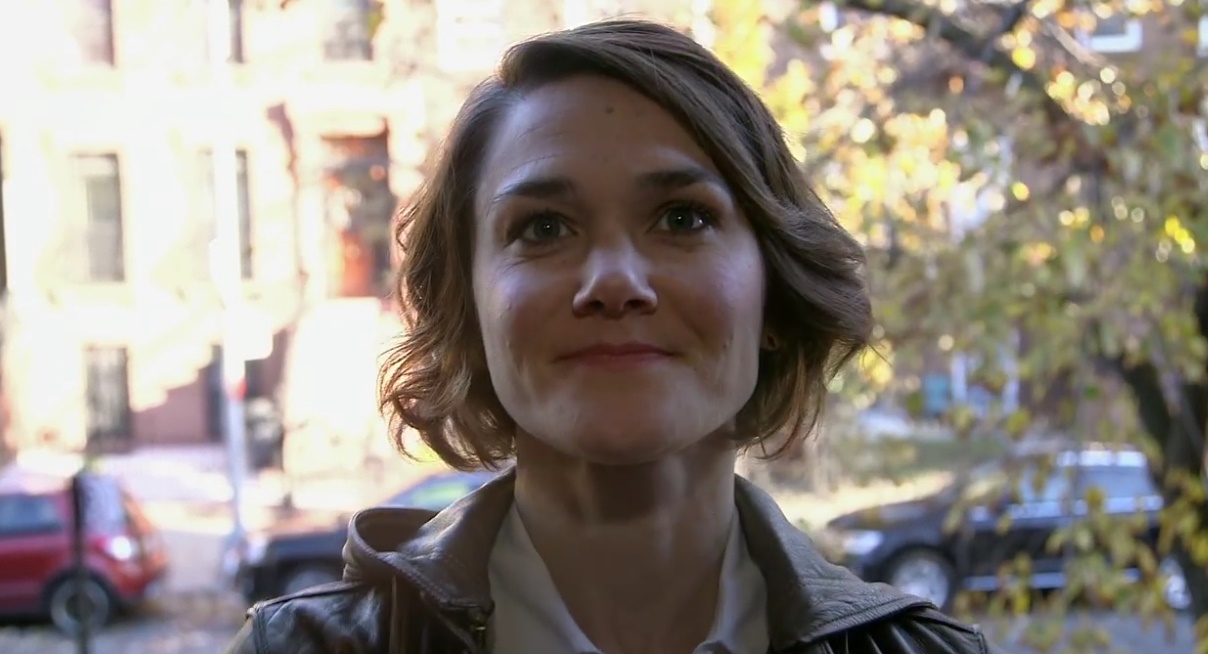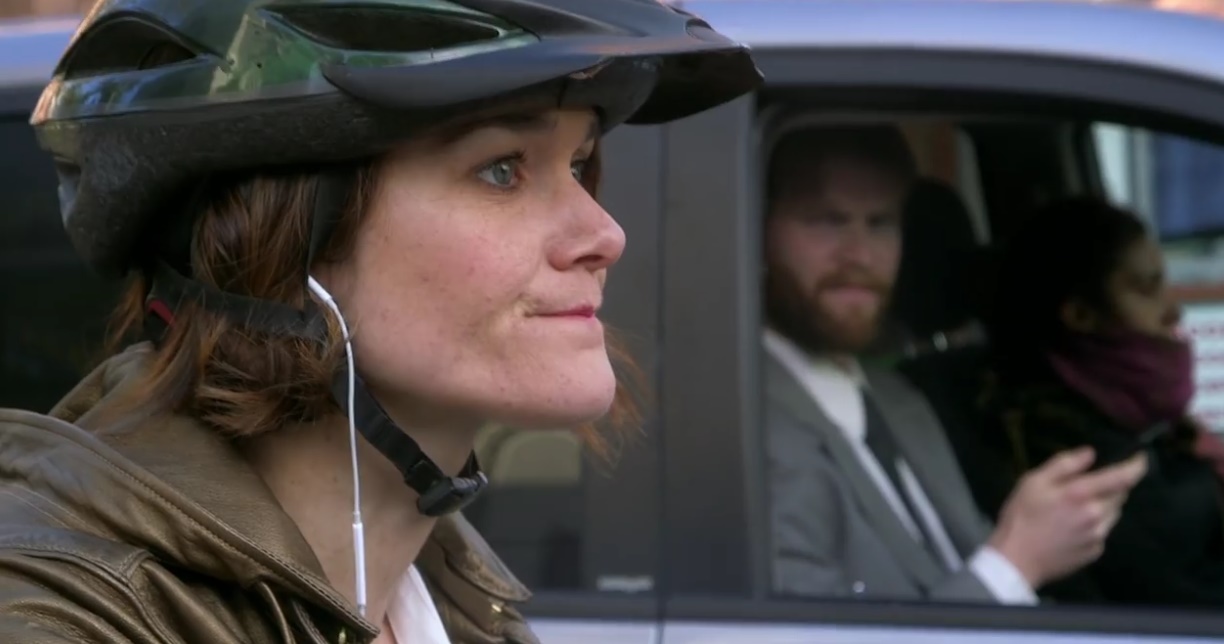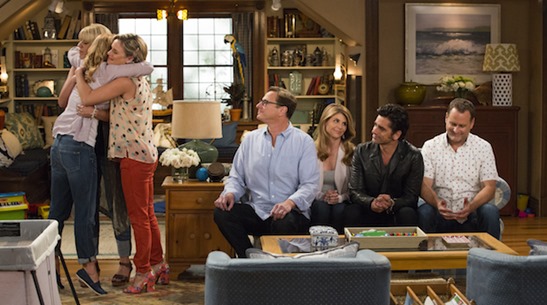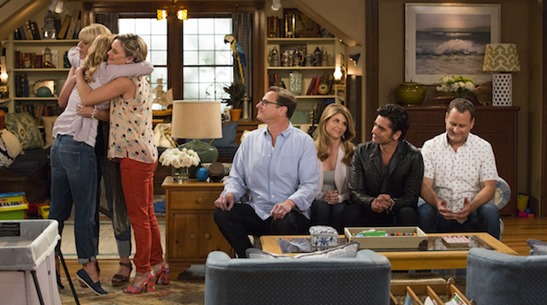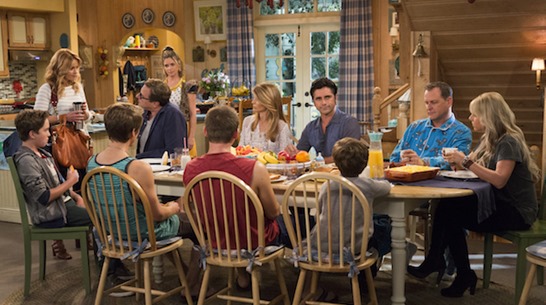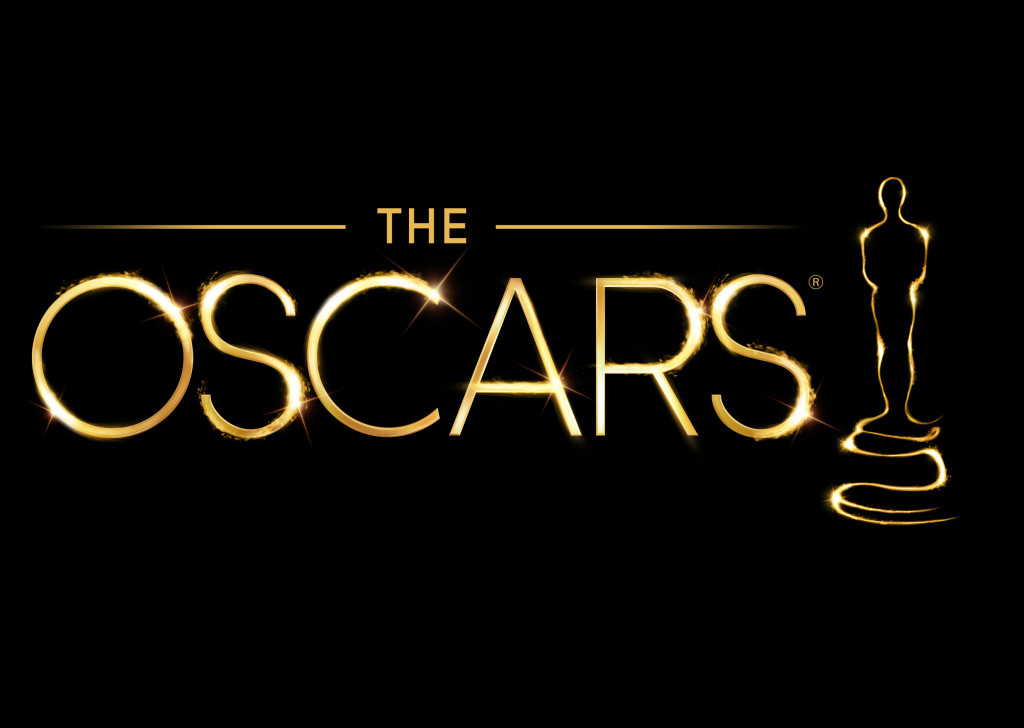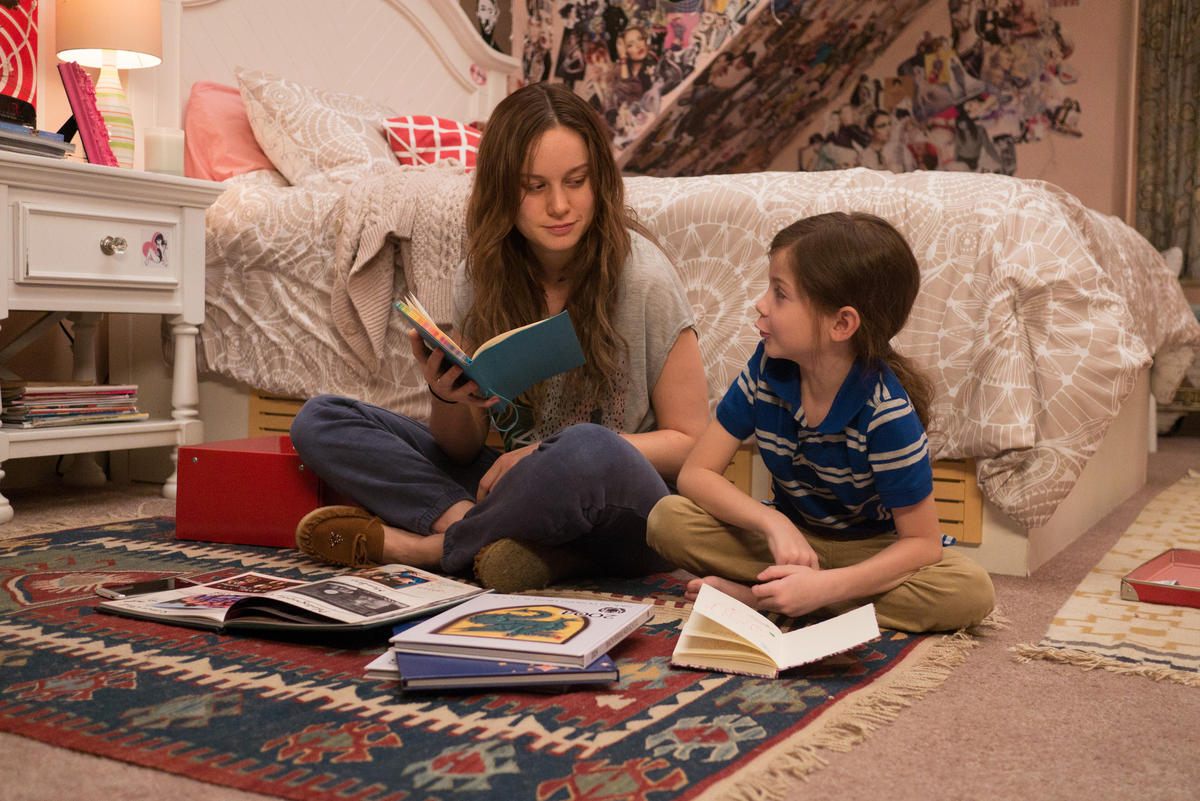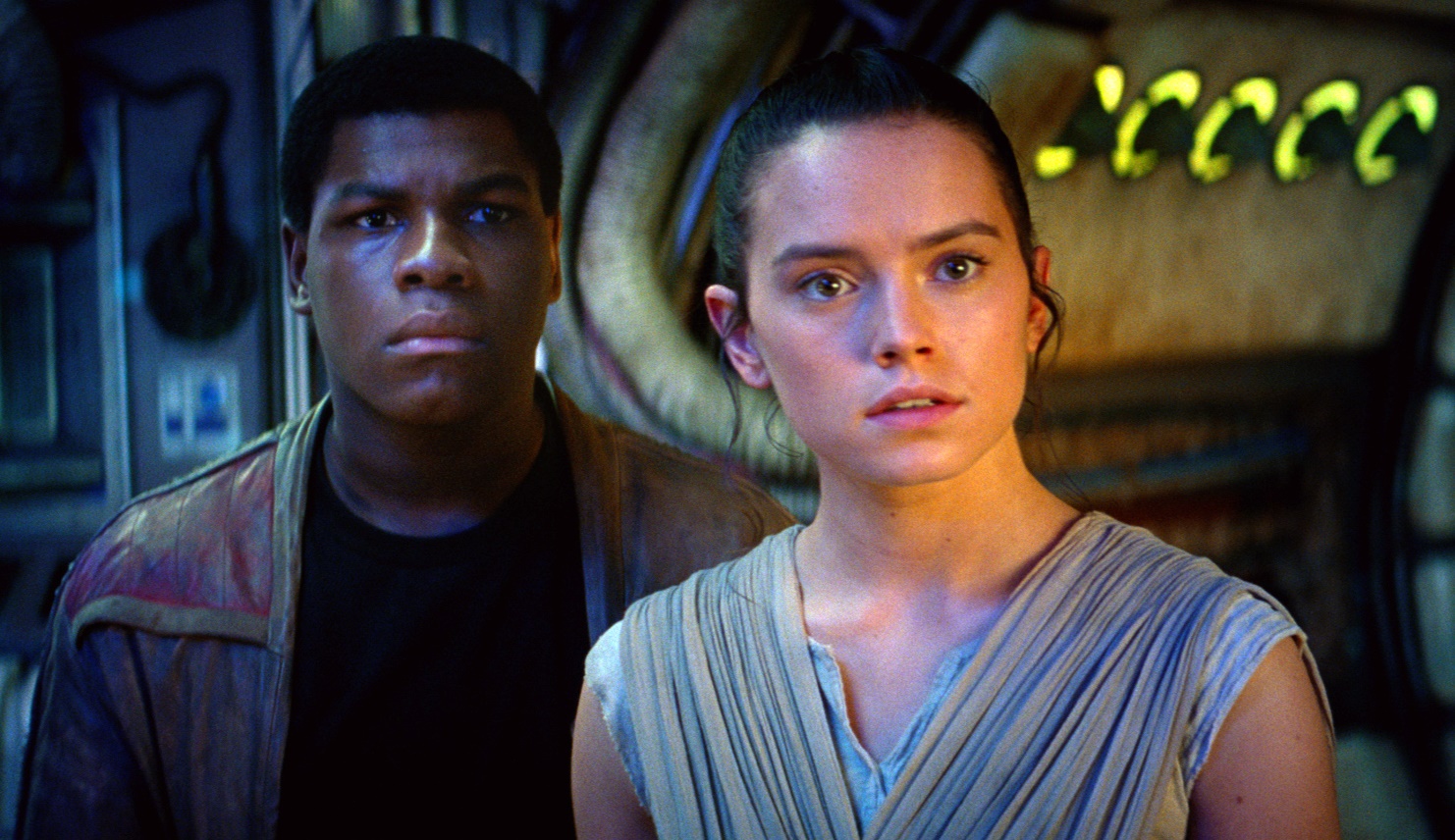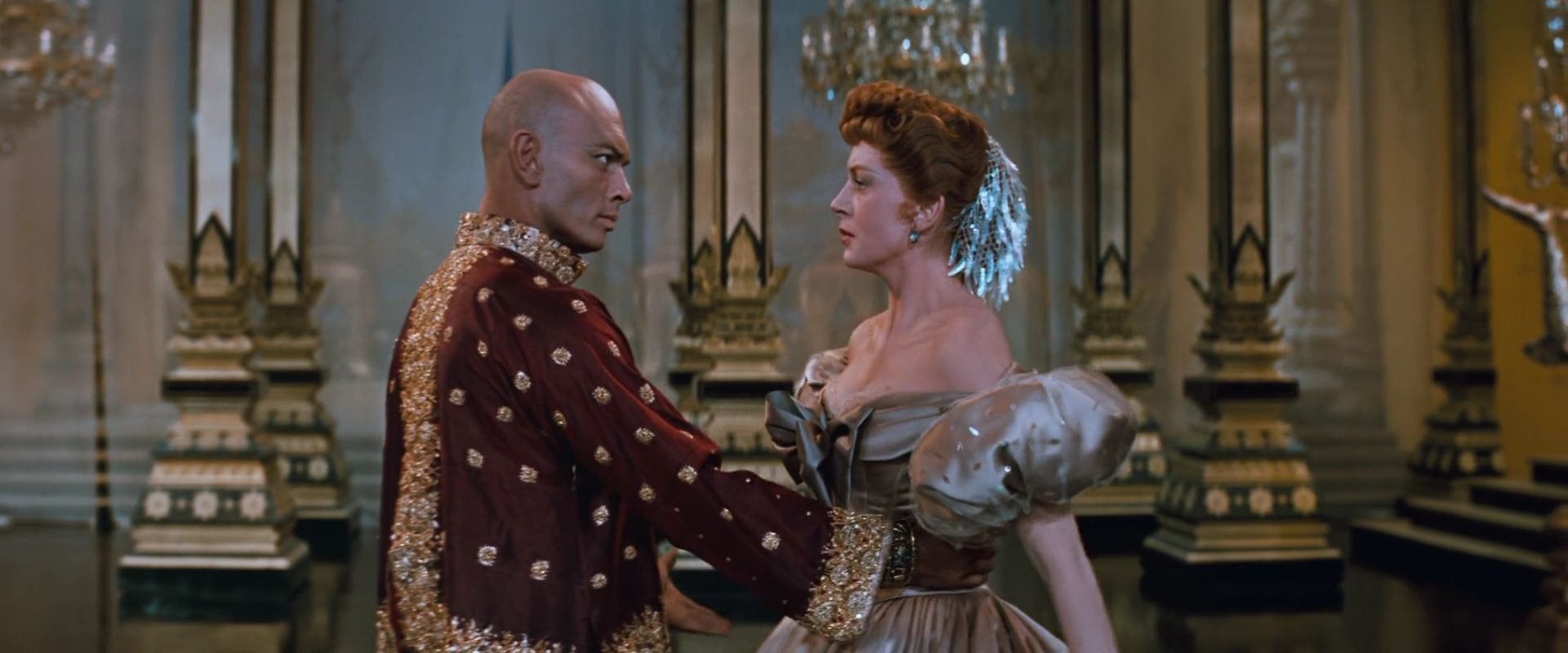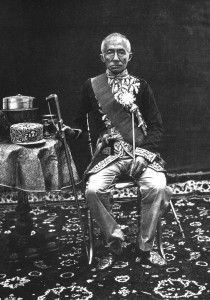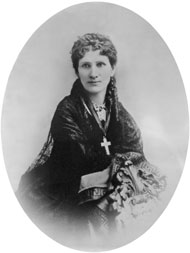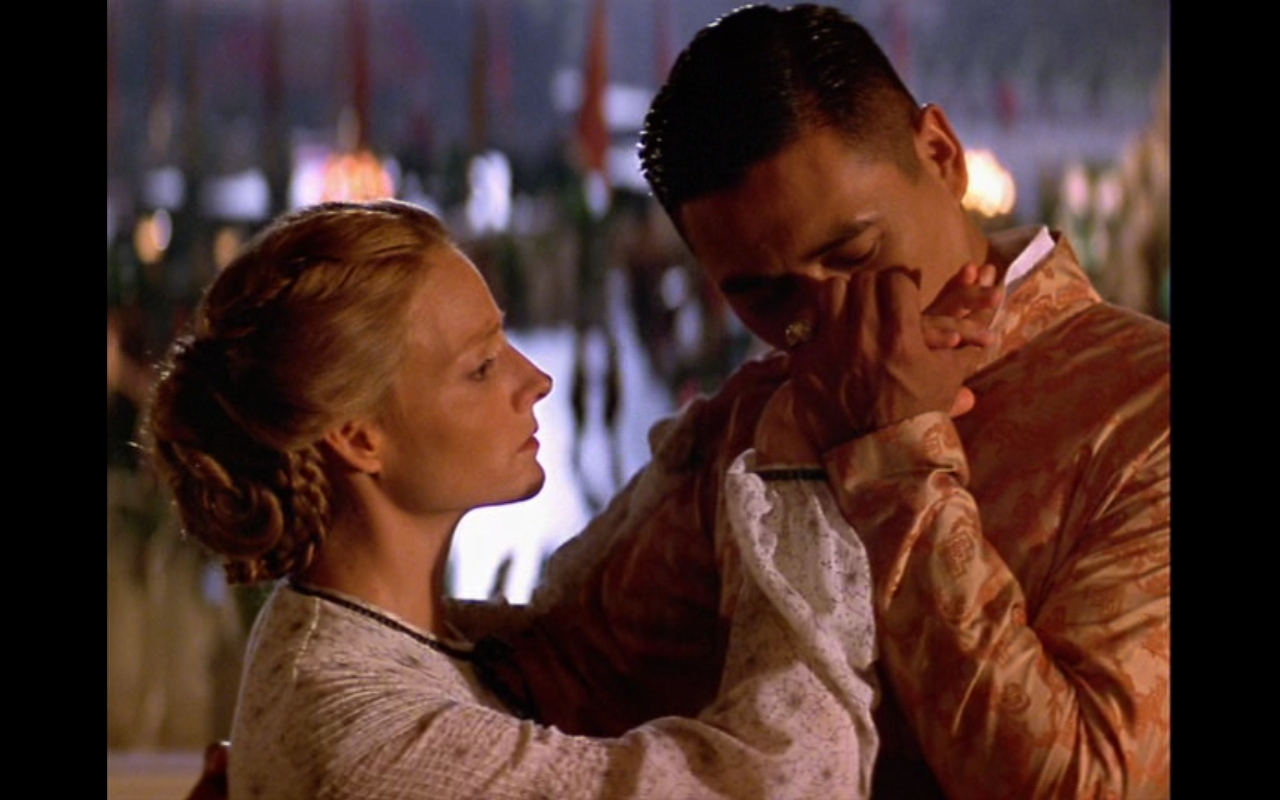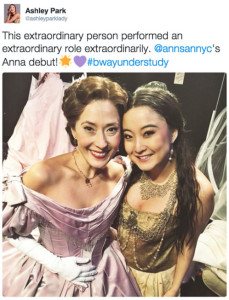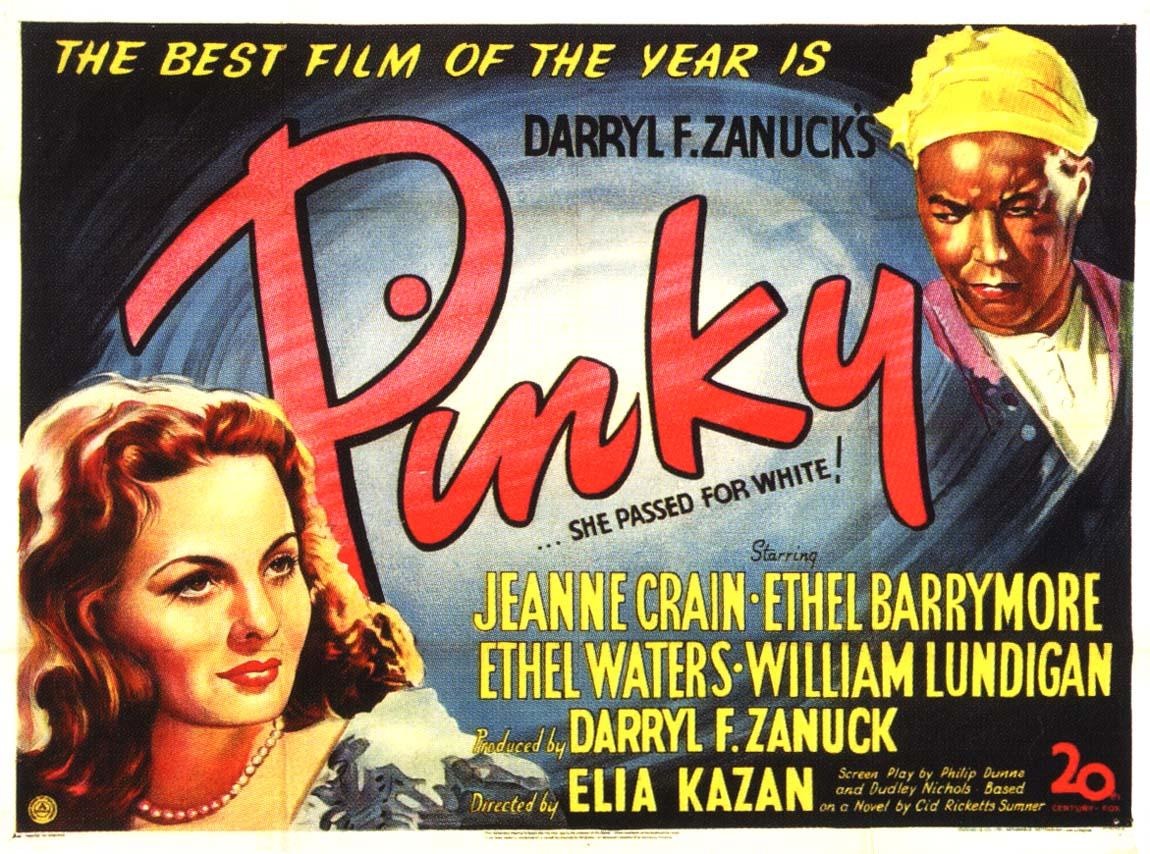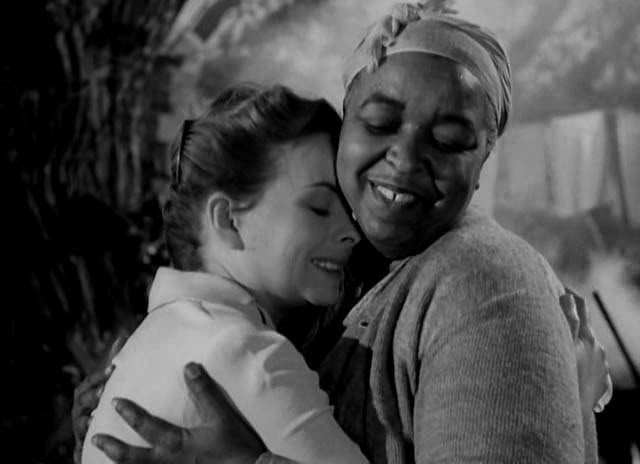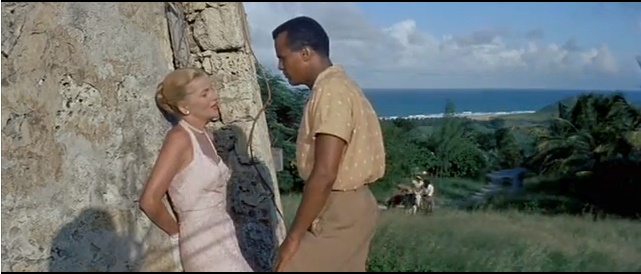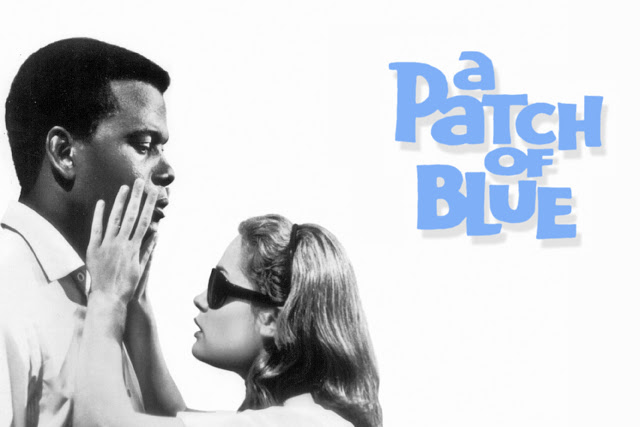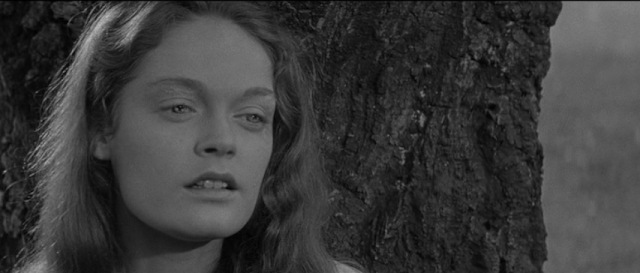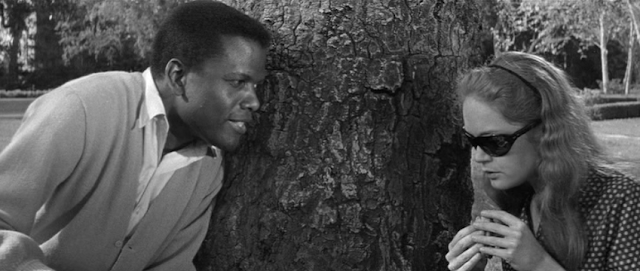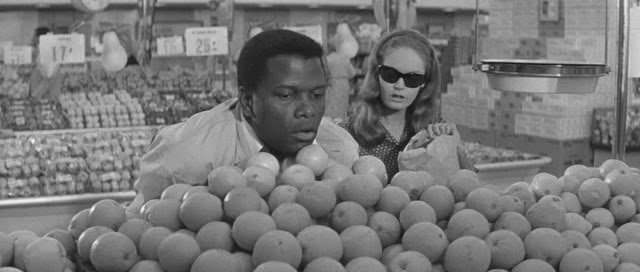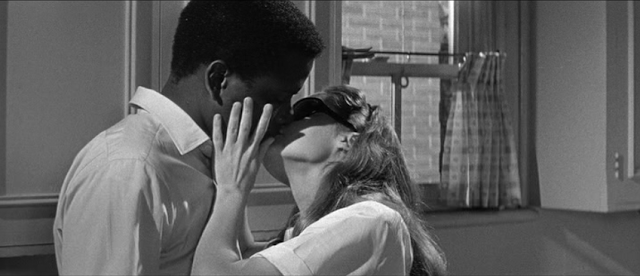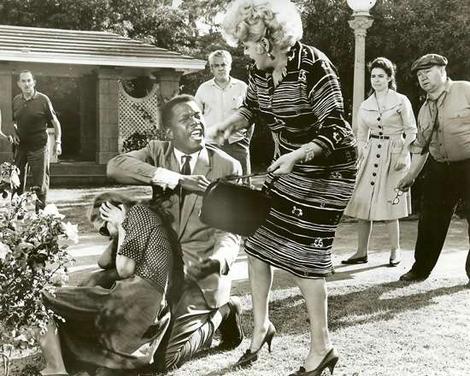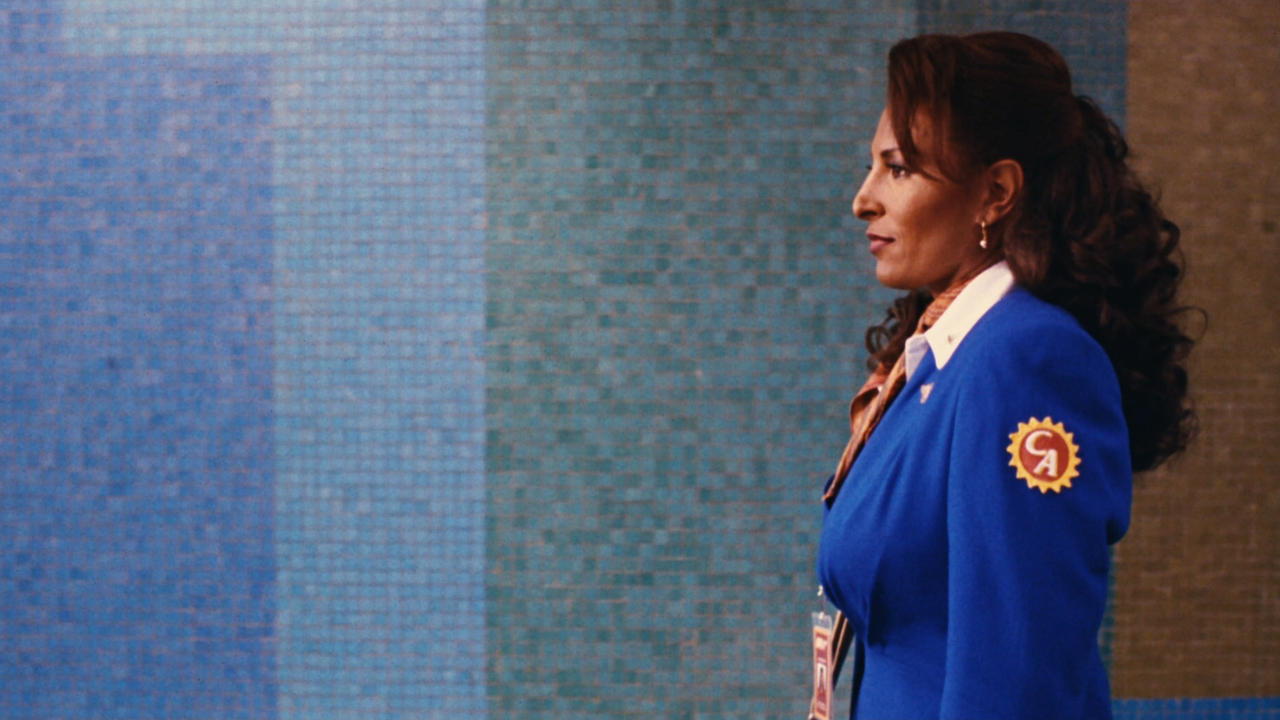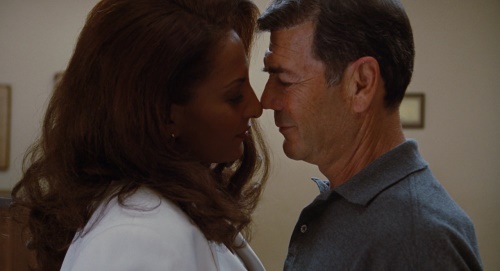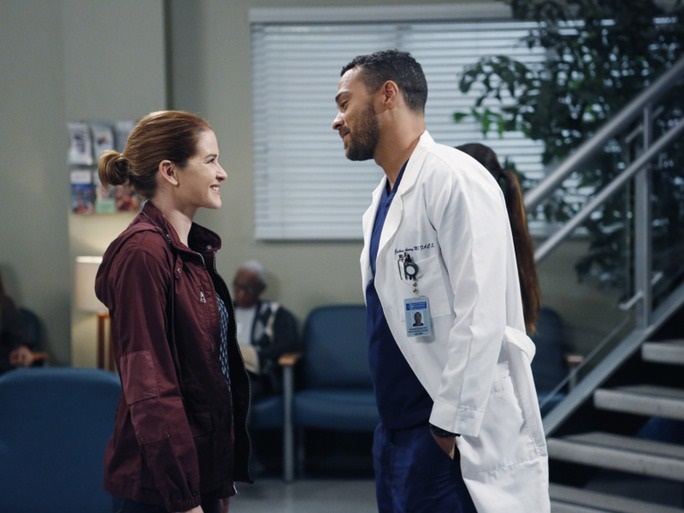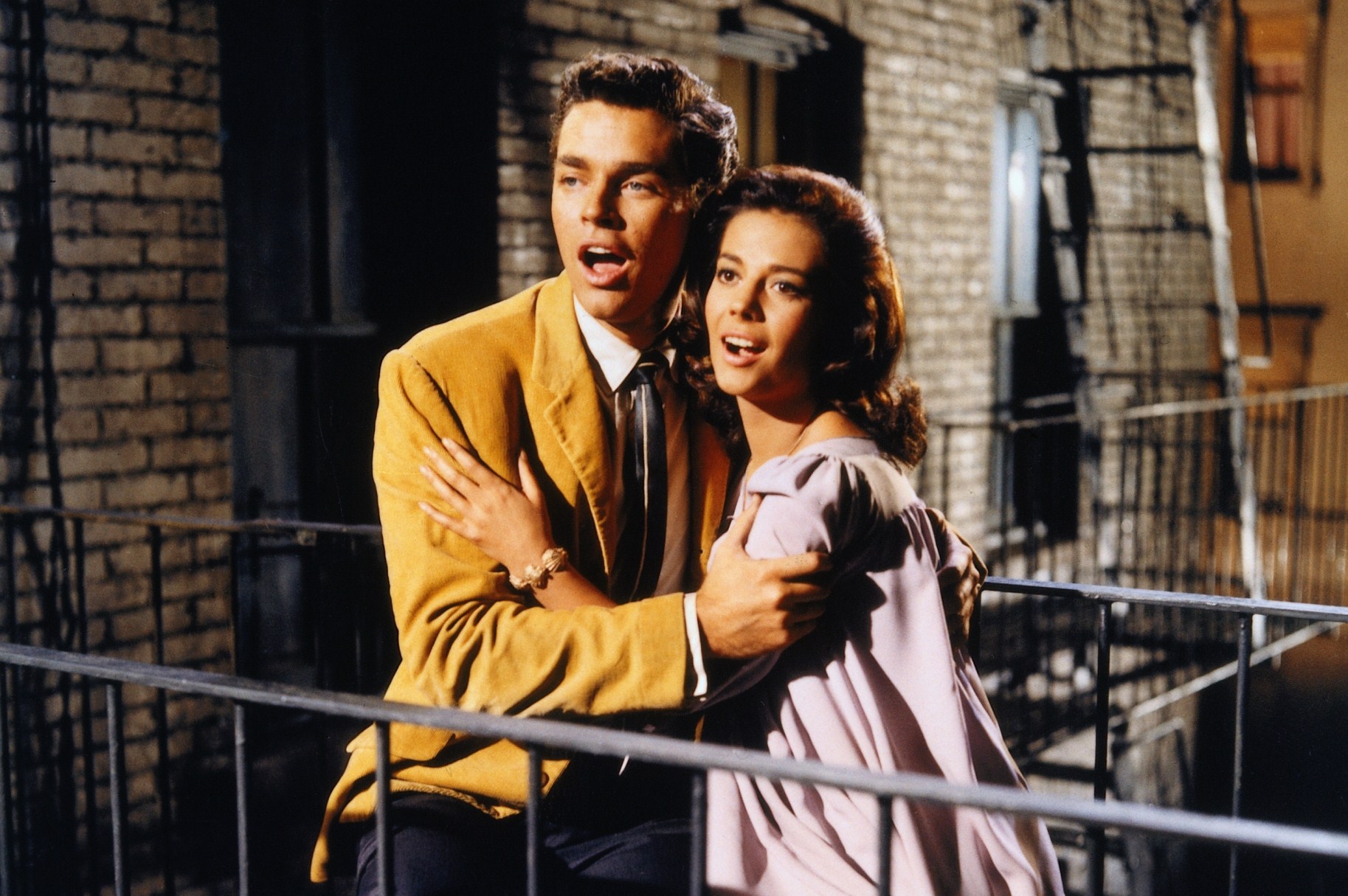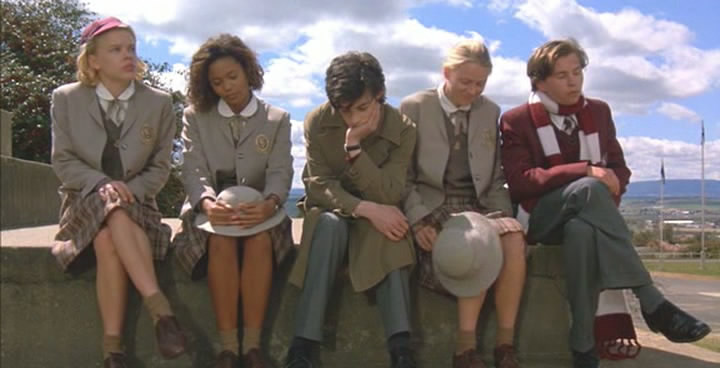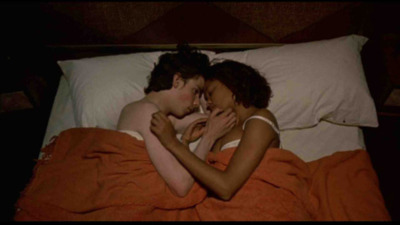This is a guest post written by Molly Anne Coogan. Her webseries Things I Hate is currently crowdfunding via Seed & Spark.
Once I got over the fear of putting my show, Things I Hate, out into the world, I then had to… put it out into the world and actually make it. Early on in the process, I committed to being the producer. This was important to me for several reasons: I wanted a hand in who was being brought onto the project, as well as the final stamp on what I was putting out into the world. This does not mean that I was not open to collaborating, or that I only wanted to do it my way, or that I wanted all the power. What it means is that since these were my words and my point of view, it was important to me at the end of the day to feel that I had seen the show through from start to finish in order to honor the creative vision I had set out to realize. Of utmost importance to me was finding a team who understood the tone and humor; in order for it to be successful, I knew everyone had to be in the same figurative family. Also, I really like producing! I like sourcing and finding people, bringing folks on board, organizing things, and working like a fiend. It checks a lot of my boxes.
I get asked a lot as a lady boss if I try extra hard to hire women. I truly believe in hiring the person who is best for the job, which means you have to look at a pool that reflects all the best potential hires. However, most hiring pools do not reflect that at all. Sometimes the people who have the longest, shiniest resume aren’t going to be the best fit for your project. And while it can be enticing to hire someone who has worked on TV shows you love, if they don’t understand what you’re trying to make it won’t work out in the end. I didn’t want to exclusively hire women for the sake of hiring women; I wanted to be mindful that we were looking at all of our options instead of just what people were giving us (which was names for a lot of dudes). My co-producer Liam Brady, a super dude in his own right, was right there with me.
For example, one of the jobs that felt very important for us to nail was the Director of Photography. I met with several incredibly qualified people, but when I met with Edna Biesold I knew I found the person who understood it all. This show is told and seen from inside the mind of a woman. The questions she asked, the ideas she had, and her point of view all jived. She also made me consider and see things from angles I hadn’t thought of before. As a result, I ended up being blown away by the two episodes we made together (which can be seen here via The A.V. Club.)
I’d be lying if I didn’t say I am proud that the roles of Director of Photography, 1st AC, 1st AD, Production Design, Costume Design, Hair and Make-up, and Production Assistant were all filled by women. But I did not hire them because they were women; I hired them because they were the best people for the job.
One of the other aspects of producing is you have to be tenacious. There is another woman I haven’t mentioned yet who came on board and elevated the level of the production for Things I Hate. We really wanted the locations to be authentic and knew we wanted to shoot in a real salon for the episode called “Lady Grooming.” We were shooting in a brownstone in Bedstuy, NY for another episode, entitled “Weed,” so we wanted to keep things in that neighborhood to ease gear schlepping, especially since we were shooting both episodes in 3 days, a ridiculously fast shoot. But I hadn’t found that salon yet.
It was hot as balls one day, especially for the end of September, and I was determined to find that salon to shoot in. I biked for 4 hours straight around the neighborhood going into every single salon, asking if we could shoot there. I can’t tell you how many places I went into. I was so hot that sunscreen dripped down my pale little body. I had sweat literally everywhere, my clothes were drenched, and I looked like a drowned rat. Perhaps that is why every single salon turned me down. By the time I got on my bike to go home, I was certain my shoot was screwed.
Moments later, I was waiting at a stoplight, and for some reason (perhaps to create some sort of cooling wind), I turned my head and saw this little tiny salon on the corner. I full on whipped my bike across traffic and walked in with my helmet still on my head. Four women who were getting their hair braided turned to look at me like I was an alien. The owner, Coco, was there, cool as a cucumber, and as soon as I asked her if I could shoot in her salon she said,”Count me in!” Coco, you saved my series. Everyone else, go to Honeycomb Hair Studio, and give Coco all your business! Right after you follow and fund Things I Hate on Seed&Spark.
Molly Anne Coogan is a maker of all things. As an actor she’s worked with Ars Nova, The Metropolitan Museum of Art, The O’Neill Theatre Center, The Civilians, TheatreWorks California, CBS, TBS, and more. She is one half of the comedy duo Moll & Rell known for their viral video “Nickelblock,” which Molly directed and co-wrote with her comedy partner Arielle Siegel. As a writer her work has been produced or developed by The Williamstown Theatre Festival, Ars Nova, SPACE on Ryder Farm and The 52nd Street Project. Her web series, Things I Hate, which she created, wrote, produced, and stars in premiered February 2016 on The A.V. Club and features actors from The Knick, Girls, and Orange Is the New Black. She loves photo booths and the word “burgled.” She refuses to pass a lemonade stand without buying a glass. She lives in Brooklyn with her husband, Jonathan Anderson.
